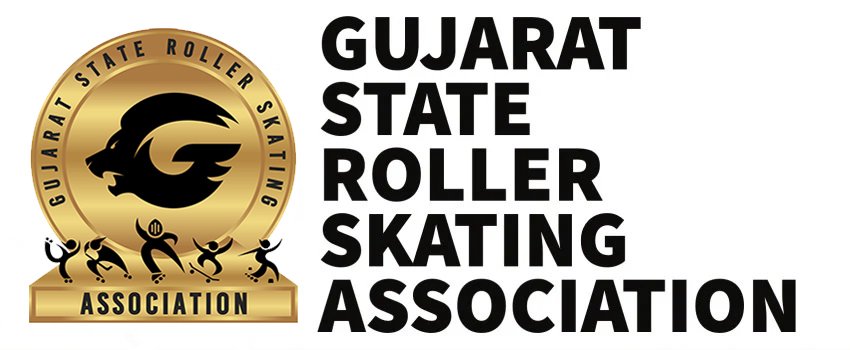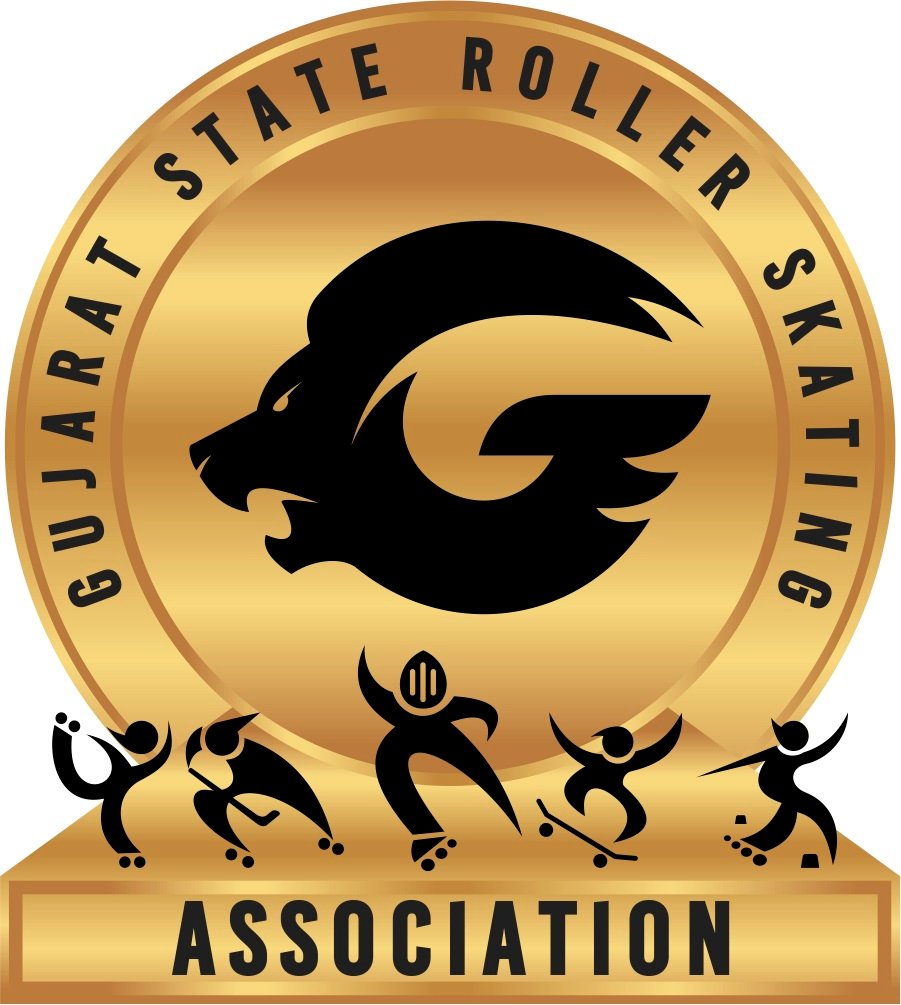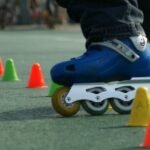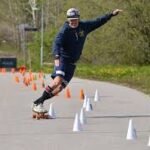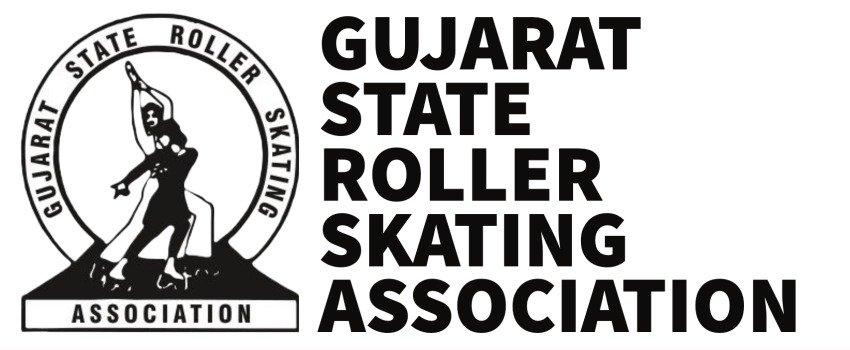Most freestyle slalomers use inline skates, although some use quad skates. Those who use inline skates tend to use a full rocker wheel configuration, however, there are other variations of the rocker setup which are used. Some skaters prefer to use a ‘full hi-lo’ rocker, which means the largest wheel is the second in from the back, with the smallest at the front. A common way to rocker your wheels is by putting larger wheels in the center and smaller wheels on each end. An example of this is having 80 mm wheels in the 2nd and 3rd position and 76 mm in the front and back. A short frame (230–245 mm)is used to give the skate the maximum possible maneuverability. Inline skates used for slalom have a very tight fit with a strong cuff, to give sustained ankle support.
Pair Slalom
There are different categories of freestyle slalom skating, but all of them involve moving your legs through a line of equally spaced cones, usually 80cm apart. Pair Slalom where you and your partner do two-minute routines of tricks, dancing through the cones to music, and judges choose a winner based on the variety and execution of your tricks.
Speed Slalom
Speed slalom is probably the best-known and the oldest slalom discipline. In competition, the course is made of a line of 20 cones placed 80 cm apart, preceded by a run-up area (see figure below). The aim is to cover the distance as fast as possible (12 m of run-up and 16 m of cones) in slaloming along the line. Each non-slalomed cone (kicked, moved, or avoided) leads to a +0.2 sec penalty. Over four non-slalomed cones, the run is void.
